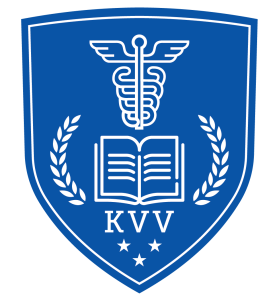Quadrant -I (Video)
Basic fundamental concepts of Mathematics
Quadrant - II (Study Material)
1. Study Material
View FileQuadrant - III (Assignments)
1. Assignment
Q1. Using the Cryoscopic Method, calculate the amount of sodium chloride required to make a 2% solution of a drug isotonic, if the drug depresses the freezing point by 0.10°C. (Given: Freezing point depression of plasma = 0.52°C, Depression by 1% NaCl = 0.576°C) Q2. Using the E-value method, calculate how much NaCl should be added to prepare 50 mL of an isotonic solution containing 0.8 g of a drug. (Given: E-value of the drug = 0.20) Q3. Use the Molecular Concentration Method to determine how much sodium chloride is osmotically equivalent to a 1% solution of urea. (Given: MW of urea = 60.06, i = 1; MW of NaCl = 58.5, i = 2) Q4. Using the White-Vincent Method, determine the volume of isotonic solution to be prepared from 0.75 g of a drug with an E-value of 0.16. Q5. Using the Sprowls’ Method, calculate how much isotonic solution needs to be added after dissolving 0.5 g of a drug in 10 mL water, if the drug’s E-value is 0.18.
